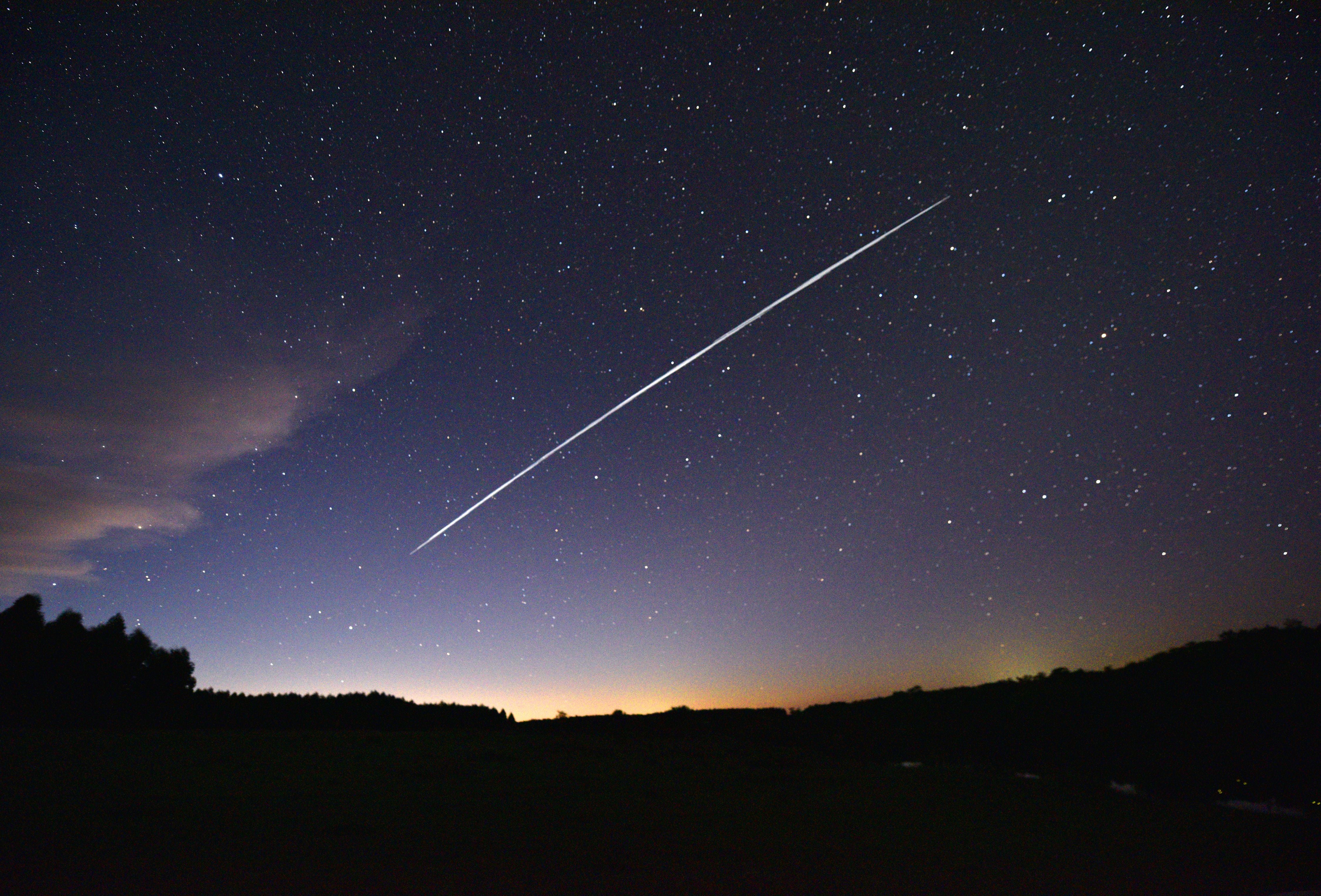The sun is causing Elon Musk’s Starlink satellites to drop from space
Solar storms could see satellite parts hit the ground, scientists warn
Eruptions from the sun are causing SpaceX’s Starlink satellites to fall to Earth “faster than expected”, according to Nasa scientists.
A team from the US space agency’s Goddard Space Flight Center made the discovery after investigating the impact of solar activity on the lifespan of satellites in low-Earth orbit.
Their findings revealed that Elon Musk’s space internet constellation is particularly prone to the effects of geomagnetic storms, which heat up the planet’s atmosphere and increase the drag on satellites.
The study coincides with the sun reaching the peak of its 11-year activity cycle, known as the solar maximum, which has seen large amounts of geomagnetic storms and other extreme space weather.
“Our results indisputably show that satellites reenter faster with higher geomagnetic activity,” the researchers said.
“We clearly show that the intense solar activity of the current solar cycle has already had significant impacts on Starlink reentries.”

SpaceX has previously blamed space weather for botched launch attempts of its Starlink satellites.
In February 2022, most of the 49 Starlinks launched from a Falcon 9 rocket fell back to Earth over the Caribbean, with the event coinciding with a minor geomagnetic storm.
There are currently more than 7,000 Starlink satellites orbiting Earth, with SpaceX planning to increase the constellation’s size to up to 30,000 satellites.
Each Starlink satellite has a limited lifespan, which is typically less than five years. After this period, the satellites re-enter the atmosphere and burn up before reaching the ground.
While some of these satellites use onboard thrusters to deorbit, others fall naturally due to atmospheric drag. The Nasa scientists found that during geomagnetic storms, any satellite orbiting below 300 kilometres burnt up 10 days earlier than expected.
These quicker re-entries could increase the chance of satellites not burning up properly in the Earth’s atmosphere, the scientists said, and may be responsible for some parts of Starlink satellites reaching the ground.
The only known instance of this happening took place in August 2024, when a piece of a Starlink satellite was discovered on a farm in Canada.
The research was published in a study, titled ‘Tracking reentries of Starlink satellites during the rising phase of Solar Cycle 25’.
The Independent has reached out to SpaceX for comment.
Join our commenting forum
Join thought-provoking conversations, follow other Independent readers and see their replies
Comments